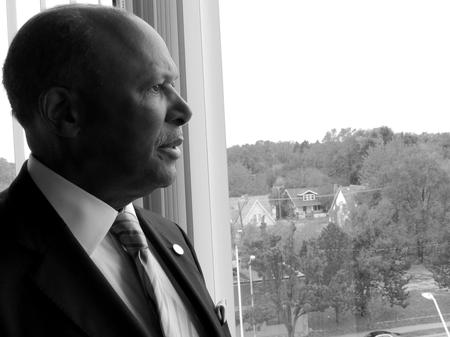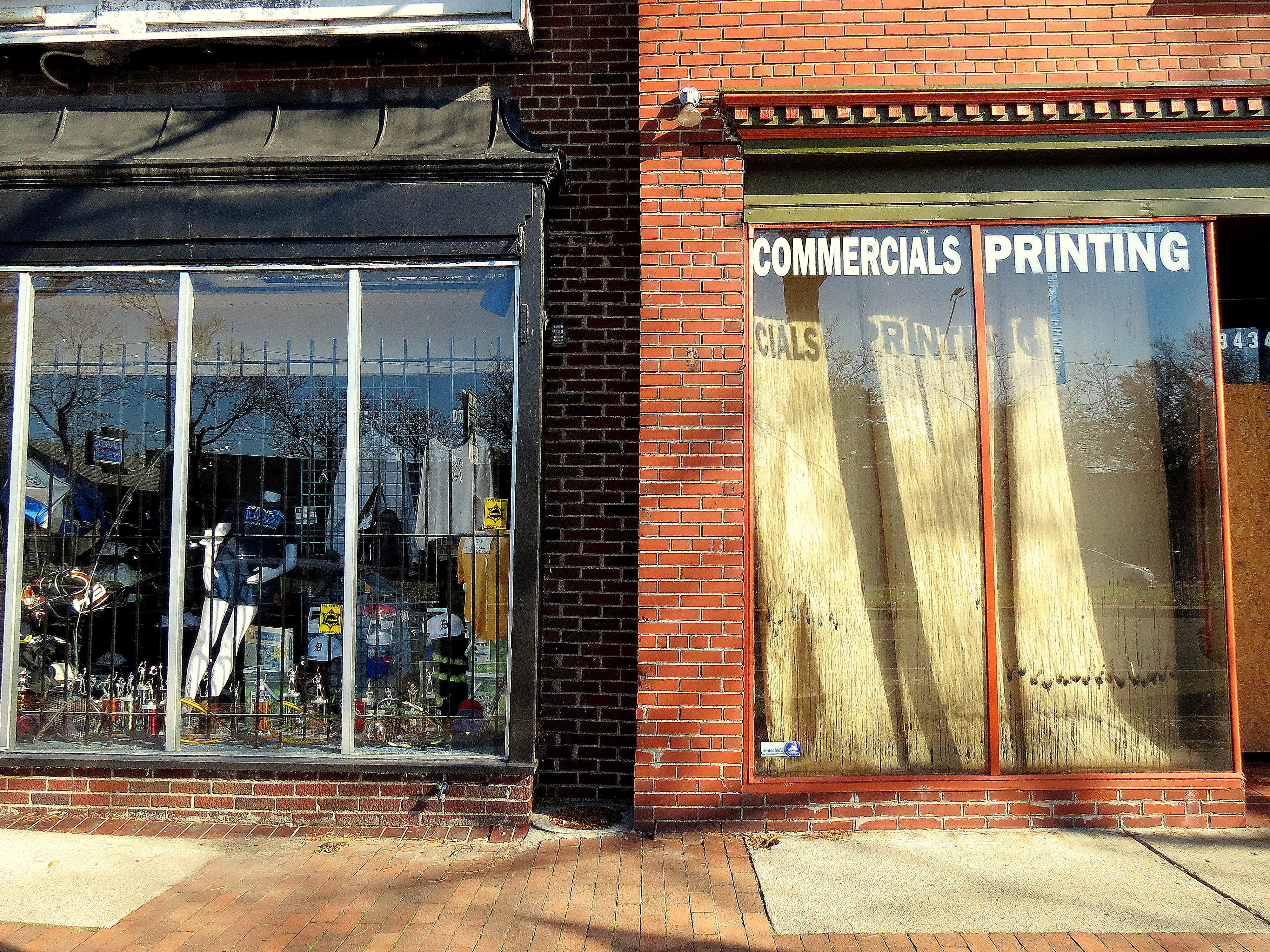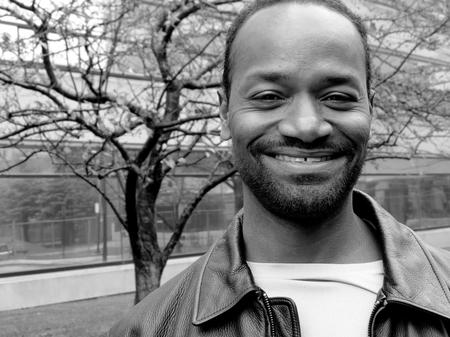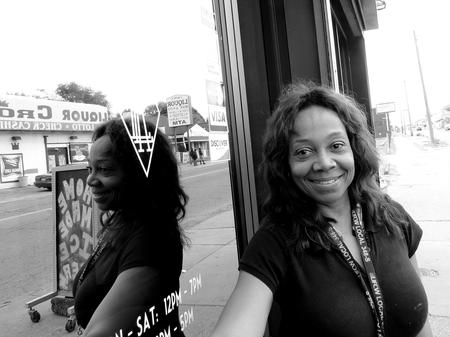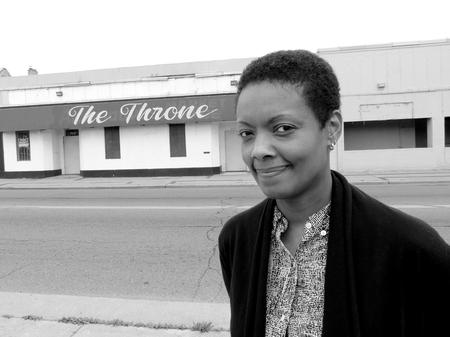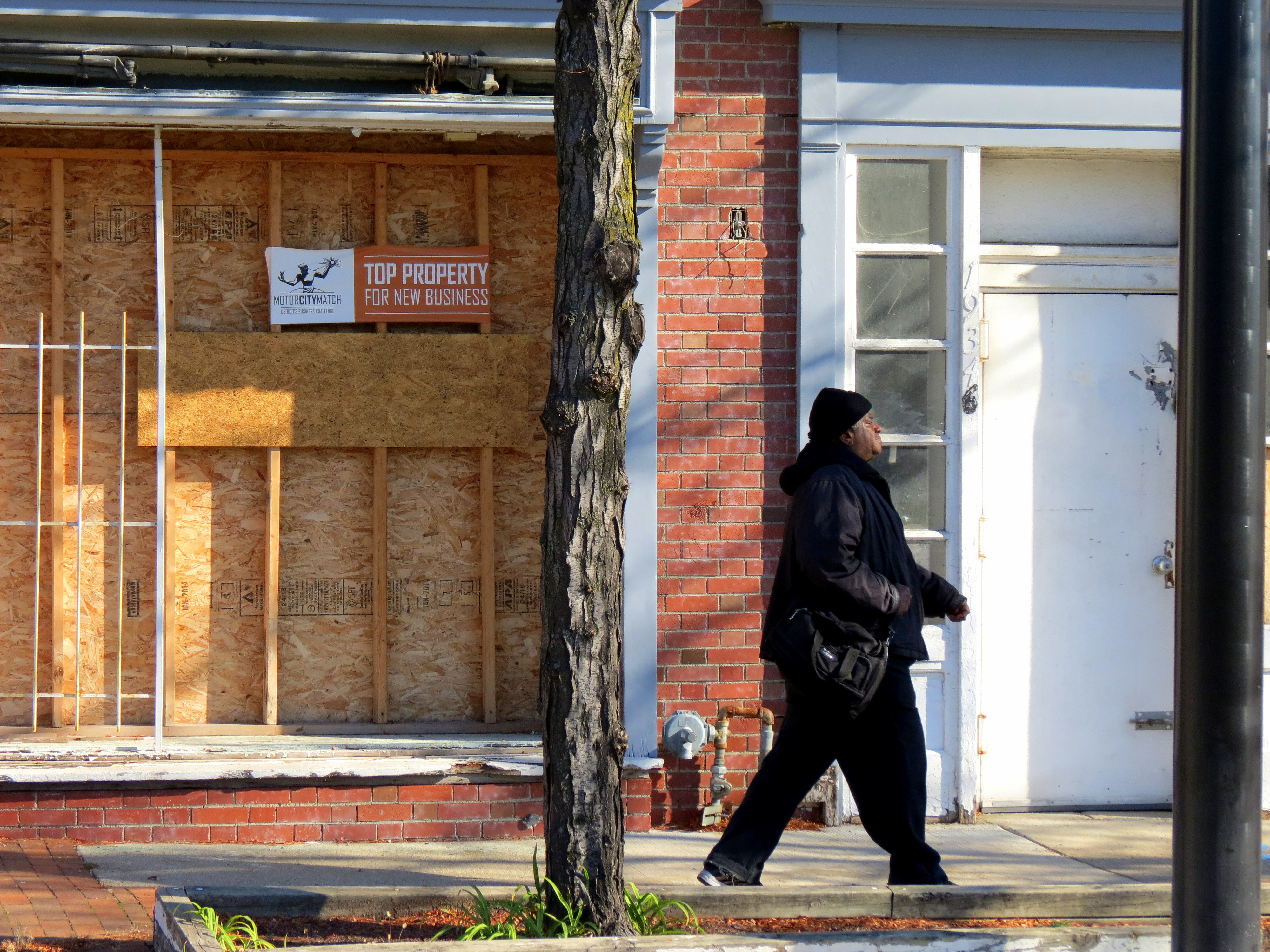The Live6 Alliance: Revitalizing The Livernois-McNichols Corridor
One year after Detroit emerging from bankruptcy, a new economic initiative finds its place in the narrative
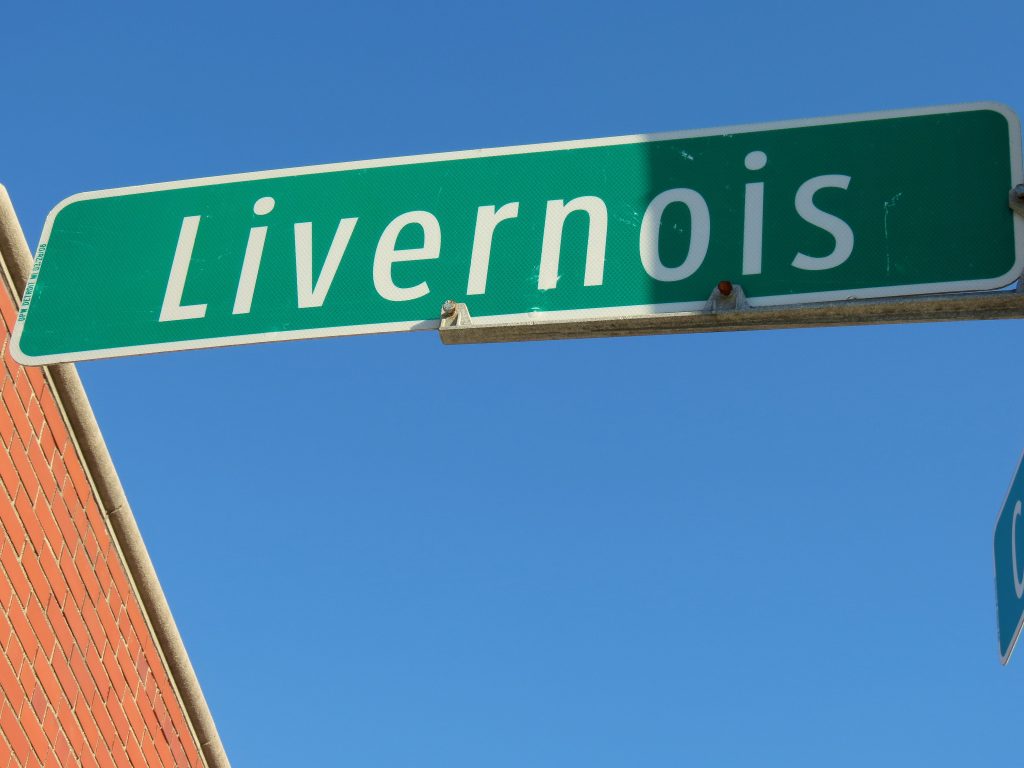
Generally when the national media tells stories about Detroit, many focus on the revitalized Downtown and Midtown corridors. But there was a time when the Livernois-McNichols Corridor was the place to go for shopping at high-end stores or for a night out on the town. Now a new economic initiative aims to restore the area to its former glory through business retention and attraction, and neighborhood stabilization.
“Over the past four years, the University of Detroit Mercy, the Kresge Foundation, and the Detroit Economic Growth Corporation have been meeting and having productive conversations with residents and business owners in this area about how we might revitalize the Livernois and McNichols corridor a little bit further, ” University of Detroit Mercy President Antoine Garibaldi said at a press conference at the school in August.
The name of the initiative is a combination of “Livernois” and Six Mile (otherwise known as McNichols). The project’s goal is to infuse the surrounding community with $700-thousand in order to revitalize the district. Based on surveys of area residents, the alliance has four major objectives:
“Safety and security [were] very high on their list, ” he says. “[And] neighborhood stabilization; Business attraction and retention. And then the last one was really getting them involved in some of the efforts that they thought this area should have been involved with a long, long time ago.”
Garibaldi says University of Detroit Mercy has a vested interest in the health of the neighborhoods surrounding the campus since the school and the business district have existed together for decades. For some context, here’s quick history lesson about the genesis of the University’s place in northwest Detroit. It starts with the journey of Father John McNichols, President of the original University of Detroit in 1920.
“He armed by a couple of companions makes the trek up to Northwest Detroit with 100-thousand dollars in a satchel. Makes his way up Woodward and turns due west at some point and he buys the farm land that the University of Detroit Mercy sits on,” says author and historian Ken Coleman.
He says when Father McNichols relocated the university to northwest Detroit from downtown, it transformed the agrarian landscape to an urban neighborhood. And Coleman says the real coup for the Livernois business district was when S.S. Kresge broke ground in 1945.
“From there you get stores like B. Siegel, Louis the Hatter, Kroger’s has a supermarket there and by the 1940s and early 50s, the Avenue of Fashion is on and poppin’, if you will,” He says.
But Coleman says despite the Avenue of Fashion’s decades-long success, it ultimately paralleled Detroit’s decline. He says there was a loss of population beginning in the 1960s. At the same time, there was a growing desire to shop at enclosed malls, such as Northland Center in Southfield. And once foot traffic started declining along the avenue, the big stores—such as S.S. Kresge—moved away or went out of business. One entrepreneur who has been in the area for nearly a decade is Rhonda Morris, the owner of Lucki’s Cheesecakes on McNichols. She says she’d like to see the area grow economically.
“I would like to see more businesses, [because] it’s a great area,” she says. “And people come, they come and I always try to have it looking nice around my building because people are coming here from everywhere.”
Morris elaborates that beautifying the neighborhood could help the area saying she’d like to see it look more like Royal Oak compared to what it looks like now.
“I love when you’re driving down the street [in Royal Oak] and you see all the pretty flowers and people are sitting all out front. I want to do something like that,” says Morris.
Fostering a symbiotic relationship between the universities, the neighborhoods, businesses, and residents is a key component for the Live6 Alliance. And with Detroit rebounding post-bankruptcy, attracting businesses to the area may be an easier prospect than before, both from an outside perspective where the city may look more financially stable after emerging from Chapter-Nine; and, for long-time residents who can take advantage of new programs established by the Duggan administration.
“People that know, know. So as soon as the press conference happened for this organization, people started looking into buying properties,” says Lauren Hood, Acting Director for the Live6 Alliance. “I don’t think there’s a hard sell that needs to happen, it just makes sense that the area between two universities would begin to develop.”
Hood comes to the project after a long career in community outreach and development. As part of her position with the Live6 Alliance, she’s been reaching out to community members throughout the area. Hood’s gone so far as to set up a mobile office in the parking lot of a long-gone Italian restaurant on Six Mile in order to more quickly touch base with residents. She says her conversations with people in the neighborhood have been varied. Their concerns range from a desire for better public safety to more business development. And she says many people would like to have stronger relationships with their neighbors.
“A lot of people talk about getting back to a point in time when everybody knew each other. A point in time when this wasn’t just a neighborhood, but a community,” she says. “So it wasn’t just a bunch of people living in houses, it was a bunch of people that were connected to each other, knew each other, helped each other out, had each other’s back, looked out for each other.”
But getting to that renewed sense of community will take time and developing the area won’t happen immediately. University of Detroit Mercy President Antoine Garibaldi says the university and foundations have heeded the wisdom from another local leader in economic development, the woman many consider to be the driving force behind Midtown’s revitalization.
“Sue Mosey has talked and spoken to us on a regular basis and I’ve had the great opportunity to listen to her on several occasions,” He says. “[She] reminds everyone that Midtown did not revitalize itself overnight. It’s really 30 years in which some of those initial projects were started. And we think this one will be gradual as well.”
Garibaldi says the University and its partners have been very conscious of the darker side that sometimes comes with accelerated economic development, mainly fears surrounding gentrification. He says the Live6 Alliance has been proactive in having residents take part in the conversations surrounding projects in the area.
Garibaldi says since the city emerged from bankruptcy, initiatives such as the Motor City Match and demolitions of blighted buildings have enhanced the Live6 Alliance project. In the past year, former Detroit Lion Ron Bartell opened Kuzzo’s Chicken and Waffles on Livernois, north of Seven Mile. And it was recently announced that the owners of Bucharest Grill would open another location in the area.
Beyond new business, Live6’s Lauren Hood says she hopes new residents will add to the corridor’s growth, preserve its history, and strengthen its culture.

